|
Integrity and authenticity aren’t just buzz words for my LinkedIn profile. This blog post doesn’t need much of a catchy introduction tbh. I sat down with a coffee and some Cameo Cremes, and thought about the parts of my photography practice that I'm unable to compromise on. 1. Perspective and prioritiesPut the people first. I’ve observed trauma and grieving for all sorts of things when photographing. To learn about the situation around you, you check your ego at the door and understand there’s something much bigger in the room than just you and your camera. Me telling someone’s story with my camera is not as important as the person who owns that story. Sometimes I have to put the camera down. And that’s ok. God I'm A Mess, 2016, Copyright HJ Milne. 2. Reading the roomEngage the spidey-senses. Photographers spend a lot of brain power on intuition to figure out what is going on around them. My ADHD spidey-sense is perfect for photography. I’m hypersensitive to subtle emotional cues from other people which becomes amplified in groups, and my brain registers all incoming sensory data - even the random irrelevant stuff. This is exhausting in everyday life, but when I have a camera around my neck it gives me a superpower which navigates me towards decisive moments, helps me connect and empathise with subjects, and keeps me safe. Acknowledging this superpower and *buzzword alert* leaning into it is important to me and is something I’m learning not to apologise for. 3. Following the (important) rulesI’m not above the rules just because I have a camera. Ok, so this is an interesting point. There are times when I’ve curved the rules when working:
When photographing a #FreeIranianWomen march in New Zealand (centre photo), photographing faces of participants may have implications for their families in Iran. Copyright HJ Milne. Below are two examples of situations where I don’t break rules intentionally. Sometimes I make mistakes and I’m always learning. On Marae Following Tikanga is important to me for practical reasons and as a Treaty partner of Te Tiriti o Waitangi. Do I want to be invited back to take photos again? Yes. Will I learn more if I follow Tikanga? Yes. Do I think I’m special on a marae because I have a camera? Nope. One part of Tikanga that directly impacts on my work is where I can access (depending on my connection to the Marae). My photo tips for this situation:
The most important part of this is to have a conversation. I have a kōrero with the client about where I can stand, photographing during karakia, who will be there, and what the songs are. And yes, if I know the waiata and if it’s appropriate to do so, I’ll join in! Welcoming guests at Te Rōhutu Whio in 2022. Although the official photographer, I was considered a guest and needed to follow protocol accordingly. Copyright HJ Milne. Photographing disaster relief work A natural disaster introduces fresh new environmental risks and a boat-load of collective emotional trauma to a situation. It’s not the time to be a Hero With A Camera, or push back against health and safety. Sticking to the rules when photographing disaster relief work gives me clear parameters to work within. This means I can work efficiently using best photographic practices, and still have brain power available for talking and empathising with people in the affected community. My photo tips for this situation:
After Cyclone Gabrielle in New Zealand 2023, and Cyclone Jasper in Australia 2024. For Taskforce Kiwi. Copyright HJ Milne. SummaryAll of this boils down to remembering why I take photos in the first place. If I took photos to be famous or to become a billionaire, then the above points would be negotiable.
But that feels so wrong to me. I take photos because I want others to see how I see their stories and the world. There’s a certain grace in letting go of the perfect photo because your integrity says no, and just keeping a memory in your head instead.
0 Comments
I’m currently exploring rabbit holes of documentaries, and naturally I gravitate towards those about photographers (and true crime . . . but that’s not relevant here). New Zealand has a MEGA FEAST of talented and interesting photographers. But in classic Kiwi fashion, they work under the radar, have *that* sense of humour, and are very humble. Read below for a list of some of my favourite documentaries about New Zealand photographers (it’s just the tip of the iceberg). My own take on the styles of Brake, Westra, Morrison, and Ward. A Master of Light - The Life and Work of Brian Brake Photographer 1987 (TV). Director, Producer: David Coates. In this Inspiration documentary — made shortly before his 1988 death — Brake reviews his lifelong quest for “mastery over light”, from an Arthur’s Pass childhood to a fascination with Asia. He recalls time at the National Film Unit and is seen capturing waka huia, Egyptian tombs, and Castlepoint’s beach races - NZ on Screen. Favourite quote: “Patience, skill, perseverance and pure gall”. Learn about: impact of positive role models in our formative years, the role of discipline and technique, being on the look-out for photo ops. Special mentions: James K Baxter, Richard Farrell, Doreen Blumhardt, Arthurs Pass, 1980s stubbies and jandals. Ans Westra - Private Journeys / Public Signposts2006. 71min (TV). Directed by Luit Bierenga. Produced by: Jan Bieringa This film explores her remarkable life and work, and includes commentary from family, friends, photographers, and those she photographed. There is also discussion of the controversy over her 1964 book Washday at the Pā - NZ on Screen. It is constructed around a long interview with Westra and a conversation with poet Hone Tuwhare, and follows Westra as she photographs around New Zealand. Locations include Ratana Pā and the memorial service for former PM David Lange - Mary-Jane Duffy, 2013. Favourite quote: “There’s a certain ability to being in the right place at the right time”. Learn about: the power of standing on the sidelines, 38,000 books guillotined – Washday at the Pa controversy, legacy of photographs in society. Special mentions: Hone Tuwhare in his house, tomato sauce bottles, David Lange’s memorial service. Sense of Place: Robin Morrison1993 (TV). Directed, produced by: John Bates. Director John Bates' 1993 documentary examines the life and work of photographer Robin Morrison, who captured iconic images of everyday New Zealand life and landscape. Part biography, part travelogue, the film goes on the road with Morrison to revisit some of his best-loved locations - NZ on Screen. Stuart Dryburgh’s gorgeous cinematography evokes the saturated colours and wide screen vistas of Morrison’s prints, without falling into the trap of ‘quoting’ his imagery. Rather, the tactic is to place Morrison’s pictures at the forefront, but surround them with characters, comments, and location photography that puts them into context - Costa Botes, 2014. Favourite quote: “Sometimes I was behind police lines and sometimes in front of them.” Learn about: importance of interacting with subjects, Cromwell before the dam, the value of photographs documenting place and time. Special mentions: Scones and tea, early 90s music soundtrack, nostalgia, Ted Duggan’s store. Gifts from the Gods2023, 19 mins. Directed by: Hans Weston. Gifts from the Gods is a short documentary film about New Zealand photographer, Julian Ward and directed by Hans Weston. Shot during just one of the 3000+ weeks Julian has been practicing black and white photography, the film shows Julian working in two contrasting environments, the street and the bush. Gifts from Gods refers to the moments and compositions that continually present themselves to him - PhotoForum. Favourite quote: “Trying to find those gaps between people, and pressing the button when the gaps are all balancing.” Learn about: composition, rainy day photography, the responsibility of photographing our world for the future, finding accessible opportunities in your own community. Special mentions: Wellington's Wilton's Bush, fab black and white street photos, Mākara, L.S Lowry. Bird's Eye!2019, 6.39 mins. Directed by Morgan Albrecht, Produced by: Morgan Leigh Stewart, Juliette Veber. (ADHD New Zealand) ambassador Petra Leary features in a short documentary on how she takes her hidden superpower to the sky, focusing her lens on becoming the world’s top aerial photographer. Bird's Eye shows how Petra sees the world from above, seeking startling heights to create stunning art, all while trying to make sense of the complex and challenging world around her - ADHD New Zealand Favourite quote: “The most boring things that you can walk past are sometimes the most interesting things when you see them from the top down". Learn about: how family can support young photographers, photographing what you love, the strong fit of ADHD and photography. Special mentions: Lego, Drake, a super cute dog. Which camera documentaries will i see next?Jos. The Forgotten Photographer Who Saved a Town 2023, 46 min. By filmmakers Dave Kwant and Robyn Janes. Documentary Jos unearths the life and work of Czech-born New Zealand photographer Joseph Divis. Born in 1885, Divis was a pioneer of street-style photography in an era of colonial studio portraits. His photography captures the everyday lives of the residents of gold-mining town Waiuta, and its eventual decline into a ghost town - NZ on Screen. Watch the trailer. Grant Sheehan: Light, Ghosts & Dreams 2023, 119 min (feature film). By filmmaker Robin Greenberg. For more than four decades, Wellington-based photographer Grant Sheehan has made his way in the world through images. Where many photographers find longevity in laser-focused speciality, he is one of the few that has managed to thrive by expanding his style ever wider. Spinning yarns as though to an acquaintance on the neighbouring barstool, Sheehan recounts his own exceptional career in this charming documentary - NZIFF.
Watch the trailer. Introducting special guest blogger, Lauren Dixon of Yellow Digital.
Throughout my 10+ years in the industries of marketing, advertising and graphic design, there is one thing that has stood out as making the difference between a successful brand, and a brand that struggles to convert their audience into a sale, a lead, or a follow: Using high quality photography. Without even knowing it themselves, your audience is searching to connect with your brand. They want to know your story, to see why and how you are different from everyone else. They want to be intrigued, and get that rush of dopamine you get when you see something exciting! We live in a hugely visual world, full of people with terribly short attention spans (thanks social media!) When it comes to grabbing the attention of a potential client or customer, a blurry, low res-image is just not going to cut it. IMAGERY AFFECTS PERCEPTION OF YOUR BRANDRemember when newspapers were a thing? And journalists and Public Relations Managers had all of the power of how your business was perceived? Times have changed my friends, and now YOU are in the driver’s seat. You control the copy (wording) of content. You control the emotions within your story. You control how people perceive your brand. Use this power to present the best ‘you’ possible! While this is incredibly powerful, it can be a disaster if your imagery, pricing, and voice are all out of sync. Imagine a professional consultant who charges thousands of dollars for their service. They speak professionally throughout their copy, share great tips on Facebook about their industry, but they’ve shared a grainy photo of themselves in their jandals, holding a beer. Or they've included the smallest photo you’ve ever seen on their website. Would you consider that professional? Probably not. If that disconnect between your presentation and promise is large enough, your customers will run to someone else. A well thought out collection of professional images establishes a mood, sparks conversation, and conveys more ideas than a paragraph does. When teamed with a caption in your voice that conveys an emotion aligning with your brand, the precious 3 seconds to grab someone’s attention is much more likely to connect. Broun Communications showing that they offer MORE than just traditional PR services. CREATE INTEREST WITH PHOTOGRAPHSQuality photographs stop people in their tracks and make them try to decipher the story behind it. If we’re talking social media, that pause is the difference between someone taking note of your business name, and someone scrolling past. For example, take a look at these two posts: Which photo suggests getting a meal with friends? Which one are you more likely to pause on? Have you ever been interested in welding? How do you feel after seeing the photo below? CONSISTENCY ACROSS YOUR MARKETING PLATFORMS
WHY HIRING A PROFESSIONAL photographer IS A GREAT IDEAHiring a professional photographer gives you the chance to build a rapport with someone who wants to showcase you and your brand in the best light possible. Your photographer should understand your vision and goals for your business, and also understand the person/people behind the brand so they can best tell your story through imagery. They also bring a huge amount of creativity to the table, and have likely taken the time to research your industry to see what your competitors are doing (so you can do something better!) Professional photographers can capture a wide range of shots for you - landscape for website placements, vertical for Stories and Reels, headshots for LinkedIn . . . we know all of the required placements these photos will be used in! Feeling comfortable to be yourself around your photographer is hugely valuable. Like these photos of Carli from One Hundred Years Boutique. moral of the storyHigh quality photography will elevate your brand. By using photographs that convey your story, tone, and message, you create an emotional connection with the viewer. They can either resonate with the people in the photo, aspire to be the people in the photo, and/or want to use the product being showcased.
You have nothing to lose by investing in good photography, and everything to gain. Looking for an article about the latest cool new gadgets and gear that I have in my fancy and complex camera bag? Then jog on, because this is not that article. Read below to learn what I typically pack when photographing events, architecture, landscapes and streets. Disclaimer: I am not affiliated with any particular brands, and none of this content is a paid promotion. My styleI keep things minimal, second-hand, and very straightforward. This has multiple benefits:
At events I need to be really responsive, agile, and tidy. I zoom around all over the place so I use my small bag with the following items: basic camera kit for events
Lenses
Standard kit for city & landscapesIf I’m heading out to photograph cityscapes and people, architecture, landscapes or a particularly bespoke event, I’ll pack the following extras into my bigger Lowepro bag.
Carrying the right amount and type of gear is important for my posture and for producing the right photos for my clients. If you're getting started with photography, keep your kit in range with your budget, and work with the essentials before branching out and spending more on other gadgets.
Final advice: never carry hair clips in your camera bag - see photo below. Thankfully the the lens was fine! I recently travelled to the UK and Europe for a family holiday and invested in a workshop with a local photography guide. I know great locations, lighting, and angles for landscape photography in my own country but wasn't sure where to start overseas. In this blog post, I’ll talk about my experience with Northumberland landscape photographer and guide, Emma Rothera (spoiler alert: it was fabulous!) fINDING THE RIGHT PHOTOGRAPHY GUIDEI had a clear idea of what I wanted before I started Googling ‘photo tour guides and workshops’. I was keen to:
Emma Rothera quickly popped up in my Google search as an ideal photography guide. I read reviews, checked out her style, and went with my instincts. A few emails later, and I was booked on her First Light, Sunrise, and Golden Hour Photography Workshop on Holy Island (simultaneously forgetting that I’m not great early in the morning). These are inspiring times for me, photography is my passion and my life, I live and breathe it and couldn't go a day without it. The things I have been blessed enough to experience and see throughout my career so far, have quite literally blown my mind. I am fortunate enough to be able to do something that is essentially every part of who I am everyday of my life PLANNING THE TRIPWith no room for my usual tripod, I found a second-hand retro Stabilo Bilora for twenty bucks (bargain of the century). Emma recommended I dress for about 11 degrees (Celsius) as Spring time has been warmer over the past few years. During the month before the trip, I’d spent time photographing Cyclone Gabrielle relief work in New Zealand, so I was confident in my level of fitness and ability to get muddy, although I had no room in my luggage for proper work pants and boots. Once the workshop booking was confirmed, I went down the Google rabbit hole of Holy Island. I like to visualise a location and understand some of the history before photographing it. Read more about Holy Island and it’s castle, monastery, saints, viking raids, puffins, lifeboats, seals, and other delights at Visit Lindinsfarne. I can also confirm there are pubs, coffee roastery, a gin distillery, and gelato on the island. Words cannot describe the magic of The Holy Island of Lindisfarne, particularly as you cross the causeway, admiring staggering views as you go, and feel as though you are entering a secret world as you approach the island. THE PHOTO TOUR ON THE DAYI was up early for my tour – leaving the house at 4.30am to cross the Holy Island causeway before the tide rolled in. Meeting Emma was a delight, and it was apparent that our common interests and sense of humour would give us loads to talk about. Emma took me to a key viewpoint of the Lindisfarne Castle to watch the sunrise. As a visitor to the country (and Northern Hemisphere), I would never have thought to visit this spot at this time without Emma’s guidance. There were so many little gems of information that she shared with me about getting the best out of landscape photography – particularly around aperture, patience, and where to find light. The weather system decided to buck the trend of warm springs, and instead of the mild 11-17 degrees Celsius, it was freezing with a biting wind. But none of that seems to matter when you're taking photos. We didn’t get the perfect sunrise - that would be predictable. Instead I was challenged to find different angles of interest with my low tripod. Throughout the workshop tour, I learned about life on Holy Island, it’s flora and fauna, and Emma’s experiences as a photographer. The chill kicked in as soon as the workshop finished, but luckily the Post Office Café was open, where I had eggs on toast and one of the best coffees of my entire holiday as I waited for the tide to roll back out. Jeans covered in dirt and wide-angle lens smudged with sand (it face-planted), I made my way back over the causeway with fresh inspiration for my landscape photos. Throughout the rest of my trip in the UK, Netherlands, Belgium and Germany, I regularly applied Emma’s advice not only to landscapes, but also to my architecture and street photography.
Next time you’re on holiday overseas or in your own country, do a little Googling to find a local photography guide or workshop and get out of your comfort zone (but wear plenty of layers). Canterbury Museum in Christchurch, New Zealand is about to start a massive redevelopment that is both exciting and sad for locals as we farewell the galleries we grew up with. The Museum has been emptied and international and local street artists have made their mark on walls throughout the galleries, offices, and collection rooms for SHIFT Urban Art Takeover before the building closes in April for 5 years. I was surprised at what I photographed. I captured artwork that made an impression on me, but much of it was about memories, nostalgia, and funny things. Like being part of a secret club with in-house jokes. Read on for my 11 favourite treasures at SHIFT Urban Art Takeover (with some extra bonus photos at the end). Tips for planning your visit:
1. GLOW IN THE DARK ART There's maximum impact near the start of the exhibition with glow-in-the-dark Flox and Sweats in the old vertebrate store room. An added bonus is wearing white and also glowing in the dark. That vibe never gets old. 2. BIRD HALL MILARKY I think I'll miss the Bird Hall the most when the museum is redeveloped. The weird light, green carpet, and feeling the serenity. And hearing people bonk their heads into the angled glass. Milarky is giving it a hilarious send-off, replacing birds and eggs with these guys.
New works will evolve from the artists’ responses to their location, the physical qualities, the room’s purpose and the idea that there are certain items or stories that are distinctly part of the Museum’s history, and these might include scientific knowledge and related items that have been used in the building. There is an opportunity for artists to create new stories, especially those who have grown up here and have an undoubted connection to the Museum. 5. MARGARITA VOVNA The old Asian Arts Gallery is another space with the Green Carpet of Nostalgia. I was drawn to Vovna's murals. Her work looks so tactile. I can imagine how the shiny subjects feel. The colours in the artworks by Component, Ross Liew, and Margarita Vovna are glorious together. This is one of those galleries that made me Google the artists and learn more about them.
7. SPECIAL EXHIBITIONS HALL The old special exhibitions hall felt spaciously grand after exploring all the little nooks and crannies of museum storage spaces and offices. It includes work by Ikarus, Benjamin Work, Wongi 'Freak' Wilson, Thom Richardson, Eno, Askew One, Jacob Yikes, Drapl, BMD, and personal favourite of mine - Milton Springsteen.
10. ASIAN ARTS GALLERY REFLECTIONS I found a spot tucked away with excellent reflections of the Botanic Gardens and 19th Century Mountfort-designed windows. It was a comfy place to sit for half an hour watching people go by. The spray can is by Ghostcat. For me, SHIFT Urban Art Takeover represents the shift in art accessibility and diversity since the 2011 earthquake. In the last 12 years, the arts sector in Christchurch has loosened up. Manoeuvring around bureaucracy (thumbing your nose at it) and collaborating with like-minded people became valuable skills - regardless of background or education. There are fewer barriers to creating art. I hope this continues.
The photographers that compelled me to pick up a camera were my New Zealand compatriots. There’s something special about seeing your own backyard through the eyes of an artist. I’ll list them from when and how they fit into my personal photographic journey.
ANS WESTRA CNZM
The first time I really connected with photographs was when viewing Ans Westra’s work in my early 20s. This was the first time I experienced the ‘brain ping’ (my terminology for feeling the excitement in art). Her photographs helped me understand how photography can depict social history through different viewpoints.
Born in the Netherlands, Westra came to New Zealand in the late 1950s aged 21. She was ‘put on the map’ when her series Washday at the Pa was published in a primary school journal in 1964 but then withdrawn. The body of work remains controversial: This was in response to claims that it reinforced a stereotype of Māori as living in underprivileged circumstances. It was true that the family Westra photographed were materially poor but what the critics overlooked was how Westra captured the warmth of family life and the rich and happy existence of its children.
Click on these links to see Westra's photographs:
JOHN PASCOE
Viewing John Pascoe’s work (in my early 20s) showed me how photography can capture the photographer’s personality, adding extra layers of meaning to photographs. It also demonstrated how small New Zealand is. It turns out he was the grandfather of my school friend. Her mother featured in many of his photos. At this point in time my own story, I didn't considering pursuing photography. I just knew I loved looking at photographs and the stories they told.
Pascoe was born in Christchurch, New Zealand in 1908 and became a mountaineer, writer, photographer and archivist. His serpentine career style is one I aspire to. He became the illustrations editor for centennial magazine Making New Zealand after writing to the Department of Internal Affairs asking for a job. He was then appointed official war photographer in New Zealand. Nice hustling! Pascoe was never interested in photography as technical trickery, nor as puffery and propaganda. Influenced by the British documentary film-makers and American photojournalism, he wanted to capture the human realism of his subjects’ lives.
Pascoe’s adventures and family life are an important part of his work, so I recommend checking out the book John Pascoe by Chris MacLean. Because I’m a novice architecture geek, I also go out of my way to photograph buildings designed by John’s twin brother Paul Pascoe who is considered a pioneer of modernist architecture.
DOC ROSS
Fast-forward to 2016 - it's been 15 years since first seeing Westra's and Pascoe's photographs and getting the good brain pings. Devastating earthquakes in 2010/2011 have changed everything in my home town, including the psyche and priorities of the local population.
I first came across Doc Ross’ photographs on social media. His images of Christchurch evoked a powerful emotional response from people who were mourning their city. These were the photos that motivated me into studying photography for the next three years. I wanted to make photographs of ‘normal’ scenes and events that give people a brain ping and help them appreciate what they have around them like Doc Ross' photographs did for me. Born in 1955 in Eketahuna, photographer Doc Ross has spent the last two decades recording urban landscapes in all their changing situations. Since moving to Christchurch in 1998, he has been described as one of the city’s “most intimate biographers”, tracking the changing city before and after the earthquakes of 2010 and 2011.
Click on these links to see Ross' photographs:
LAURENCE ABERHART
One of my assignments for my photography study was to recreate a photo in the style of Laurence Aberhart. This was my favourite assignment (just beating the Cindy Sherman assignment which I might share another time!)
Aberhart planned to be a primary teacher, but only had one teaching job before becoming a photographer. Aberhart’s photographs of buildings make my heart sing. The composition, lines, and angles soothe my ADHD brain. I can imagine how the building smells and sounds. Although he’s well-known for photographing buildings, I would most like to be his assistant in the late 1970s when he photographed musicians (eg David Bowie, The Ramones) for magazines Rip It Up and Extra. One of Aotearoa New Zealand’s most perceptive artists, Laurence Aberhart is a photographer who makes images of the vanishing past in an accelerating world.
Click on these links to see Aberhart’s work:
MARTI FRIEDLANDER CNZM
Martha Friedlander grew up in a Jewish orphanage in London and studied photography after receiving a scholarship for Camberwell School of Art. She emigrated to New Zealand in 1958 with her husband and continued photography.
When I need inspiration for photographing people, I look to Marti Friedlander’s work – particularly capturing relationships between her subjects. I also love that she advocated for women’s rights in her photography. Friedlander died in 2016 just as I was learning about her work.
I've learned so much from these New Zealand photographers - particularly about finding beauty in the every day, and understanding different viewpoints and opinions.
Find your favourites, and start in your own community to learn who is telling the stories relevant to you. Need fresh ideas for your photography study? Want to learn new photographic angles and perspectives? Read on to find out how neighbourhood photography can help you focus and tell your story. What’s the big deal about neighbourhood Photos?There are loads of cool things about candid street photography in your community:
1. Photographing architecture in the community‘Architecture’ doesn’t have to mean an arty new building or ancient temple in the centre of a city. There is beauty in the detail of all forms of architecture. Rural areas have old outbuildings, places of worship, or huts. Suburbia is full of repeated patterns and juxtaposition of old and new. Public buildings such as libraries or galleries are great to photograph because you may not have to ask for permission. Always ask before going onto private property and be mindful of your personal safety . 2. Finding colour in community photographyChoose a hue, and photograph as many items of that colour as possible during your neighbourhood photo walk. Green is easy if you live in the countryside so maybe try for a more challenging vivid orange! Perhaps purple is your vibe in the city. Photograph a detail of the purple bumper on the car next door, the violet bakery sign, lavender flowers in the library garden and the lilac coloured baby hat dropped on the footpath. This is a lovely mindfulness exercise if you need to take a break from everyone and everything. A theme of yellow and blue in Timaru, Oamaru, and Christchurch New Zealand. Copyright HJ Milne 2023. 3. Street portraitsYou need to be in a confident mood and have good communication skills for this one! Ask people in your community if you can take a photo of them during your walk. This works well for neighbourhoods where ‘everybody knows everybody’. Take a relaxed portrait of them in-situ. Perhaps the ice-cream scooper at the gelato shop, your neighbour changing their bike tyre, or the woman down the road mowing her lawn. Always ask permission first, and let them know why you’re taking the photo. Offer to email them the finished photo and don’t take it personally if they say no! 4. Photographing animals you meetIt sounds easy (and fun) but photographing animals in the community can be a solid challenge. Apart from the obvious cat and dog options, look up to trees and power lines for birds. Those in farm environments definitely have an advantage! The country you live in plays a role in the critters you can photograph. The only indigenous mammal we have in New Zealand is the pekapeka/bat (which I’m yet to photograph). So I tend to focus on wild birds interacting with each other and cool pets hanging out on the streets. I'm jealous of those living in countries where they might come across a squirrel, badger or wombat! Use a fast shutter speed, and always ask for permission if the animal is with it’s human. 5. low angle perspectivesWe get into the habit of photographing from the same height – especially when working fast with street photography. Slow it down and create a series of neighbourhood photos taken from ground level. Find a few comfy places to sit on the ground. An old cushion will help. Capture feet and legs walking by, bicycle wheels, litter, gutters, and pipes. Balance the camera on a stable brick or piece of wood and experiment with different shutter speeds to create a sense of movement. I often get odd looks from people when I do low angle street photography, but that doesn't bother me. Just be wary of people walking into you or doggos coming to say hi. 6. Something beginning with . . .Take your friends or family out and see if you can all photograph something beginning with each letter of the alphabet in your neighbourhood. Mix up the angles and perspectives. Don’t be afraid to try close-ups and push the boundaries of your camera (or phone camera). Set up some rules to make it more challenging (avoid grass and concrete for ‘g’ and ‘c’!) What do the finished photos tell you about the photographer? Who is good at finding details? Who has the best nature alphabet photos? Combine the best alphabet street photographs for a shared collection. This is a fun way to get creative guidance from friends and family. Being creative doesn’t mean you have to spend money or travel far away. Make the creative brain sparks ping by seeking out inspiration in your own community. This is also a lovely way to understand more about the history and people in your area while gently learning about camera settings and techniques. Before you go find your thesaurus, this is not a technical blog with tricky jargon. I’ll provide simple tips and tricks about finding the best camera for a new photographer that will save you time and money. Read on for some inspiration! What do you like to photograph? Decide what you’d love to see framed on your wall. Visit your local art gallery to discover the subjects and scenes you love looking at. What environments make you feel good? Do you love long hikes in the mountains? You’ll want a robust camera that can shoot vast landscapes in high resolution (= printing big photos). Is sport your thing? You need a camera with a high ISO to ensure plenty of light enters the camera so you can shoot fast scenes. Perhaps you live in a city with impressive buildings for architecture photography or you want to document your community's stories with your camera? Your typical subjects will make a difference to the type of camera you use (this doesn’t mean you have to limit yourself to those genres though). What are the different types of cameras?Research the types of cameras and their purposes. This is a chunky but necessary task. There many types of cameras, each with their own language and passionate community. Don’t feel intimidated by the range or the jargon. It’s perfectly normal to be unsure of how different cameras work – that’s why we have online tutorials and camera clubs. When I get a fresh camera, I head straight to Google to learn about it.
The range of cameras available has exploded since the introduction of digital camera technology. In addition to classic film cameras, you’ll see words such as ‘mirrorless’, ‘bridge’, ‘medium format’ as you research. But to keep this article simple and sweet, I’ll stick with briefly discussing DSLR cameras, compact cameras, and smartphones. DSLR (digital single lens reflex) cameras These are the cameras you see professional and enthusiastic amateur photographers use in pretty much any environment (except maybe on a surfboard or underneath a surfboard). DSLR cameras use interchangeable lenses depending on what the subject is, and they have a decent weight which makes you feel like a Proper Serious Photography Nerd. DSLRs are either crop sensor or full-frame. If you use a crop sensor DSLR camera, then your photos will be cropped around the edges for a tighter field of view. A full-frame DSLR camera generally provides better photo quality especially in low-light. Many DSLR cameras have video capability. Their capacity for high resolution means photos can be printed large to a high quality, and once you get the hang of it all you can customise the settings. Compact Digital Cameras Compact (or ‘Point and Shoot Cameras’) are lightweight, easy to use cameras. They don’t have the complications of extra lenses and they can work simply with automatic settings. Often considered the perfect travel camera, a good compact camera is fantastic for learning the basics on. Because it’s digital, you can experiment and not worry about wasting film. They have a decent resolution so you can print photos large, which leads us to our next camera type . . . Smartphones Chances are you know more about smartphone photography than I do because I’m a camera-snob and enjoy using a DSLR. However, I recall numerous situations when I’ve been working and someone next to me has taken the same shot with their smartphone and I’ve been grumpy with the light and colours they’ve automatically captured compared to my photo. The smartphone is a great camera to start with. It’s accessible, lightweight, and cost effective. It's also the camera you are most likely to have with you. Phone cameras enable you to learn essential basics of photography such as composition, angles, and perspective. They also provide the opportunity to learn what subjects you love to photograph before you splash out on a bigger camera. Biggest con of smart phone photos? Printing from phone images is hit and miss depending on how modern your phone is and how decent the resolution is. What camera do you already have?Investigate what you have already. This is the most overlooked step of choosing the best beginner’s camera. Humans love shiny new technology (especially that whole unboxing thing). But new does not necessarily mean better. Dig though your garage. Dig through your friend’s garage. What’s in that childhood box of stuff that’s been stashed away? You may have an old film camera or point-and-shoot ready to use. If it hasn’t been used for a long time, get it cleaned professionally (if it has fungus on the inner workings then sadly it’s a no-go). Choosing an existing camera as your ‘starter camera’ is also a good way to find out what brand you like (or don’t like) before you invest for the next stage. Check out second hand camera gearYou don’t have an old camera in your garage so you’ve decided to splash out. Hold your horses though - research your second hand camera market before buying new. I’m a huge fan of second hand photography gear. Even as a professional photographer, I still buy pre-loved cameras. This frees up cash for new lenses! Apart from saving money, buying second-hand means you have a camera with a history which I like the vibe of. Second hand cameras also come with a lower carbon footprint (less packaging and often reduced travel involved) so they give you cosy environmental warm fuzzies. Places with second-hand cameras:
Be brave and decide!Taking action is your last step. If you’ve been asking yourself ‘what type of camera should I get?’ since 2021, then you need to pull your socks up and make a decision. Upgrade your mobile phone (camera), buy that second-hand point-and-shoot, or splash out on a DSLR. Then use it . . . a lot! The more mistakes you make, the more you learn. Don’t let confusion get in the way of finding a camera to start your photography adventure. Consider how you want to involve photography in your life, and whether you already have a camera you could use. Or take the next step and research a new or second hand camera. Then let the magic begin! Art Hole (Darkroom), 336 St Asaph Street, Christchurch
1-5 November 2022 10am - 2pm Heather Milne presents an exhibition that tells stories about Christchurch’s inner city. This collection includes photographs from her 'March Fifteenth' and 'Pretty Munted' series, and individual works from the past five years. |
Hi.This blog shares tips and tricks for you to get involved with photography, and keeps you up to date with my exhibitions and shenanigans. Archives
February 2024
Categories
All
|
Services |
|

















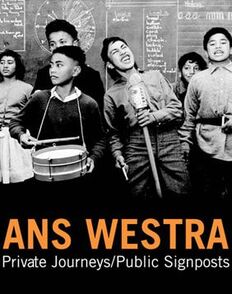



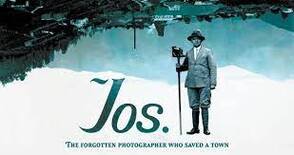

















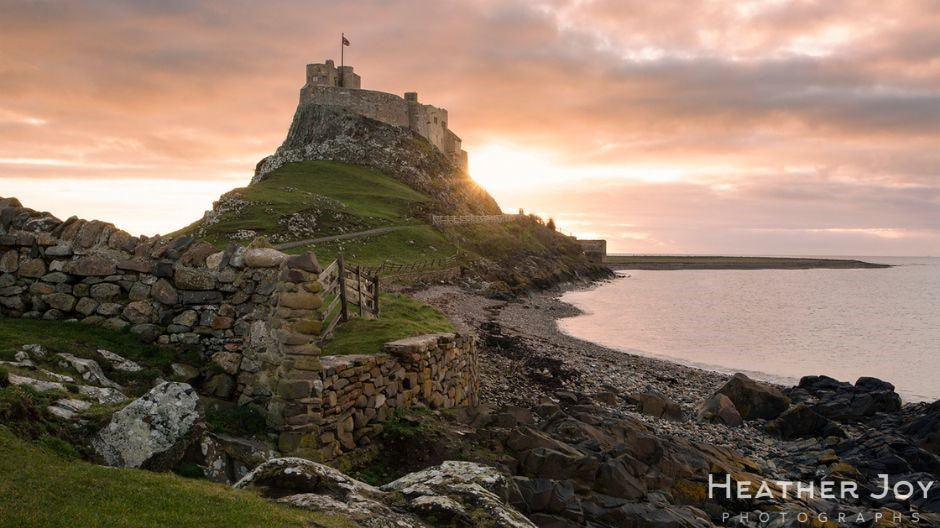













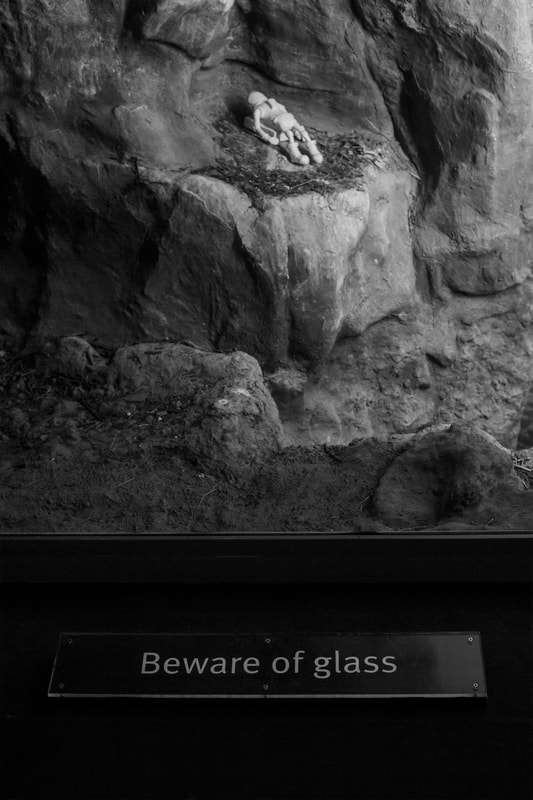





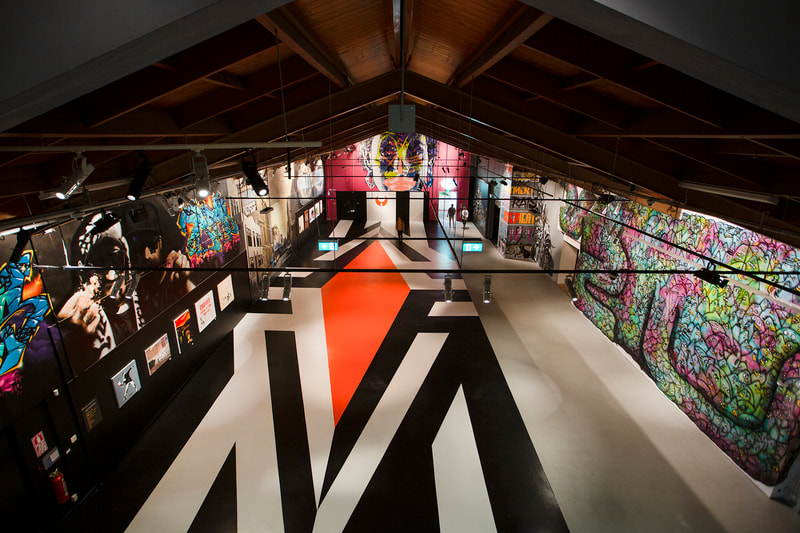






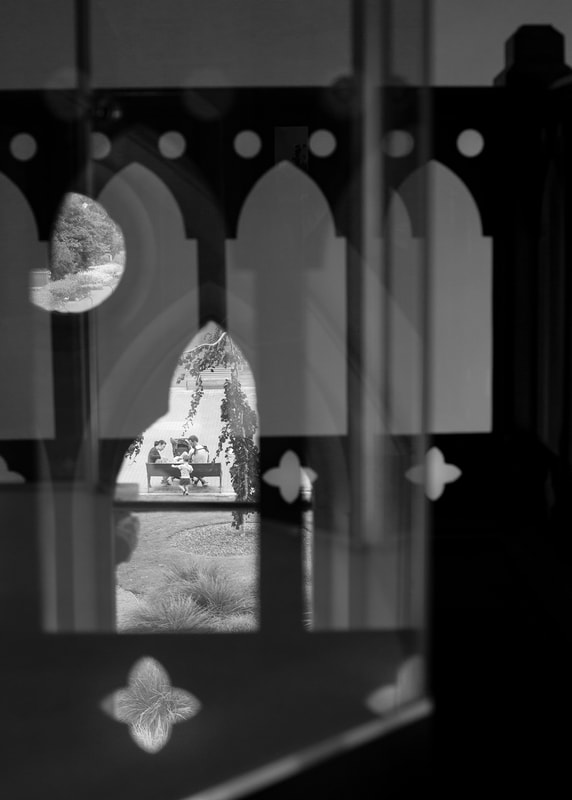



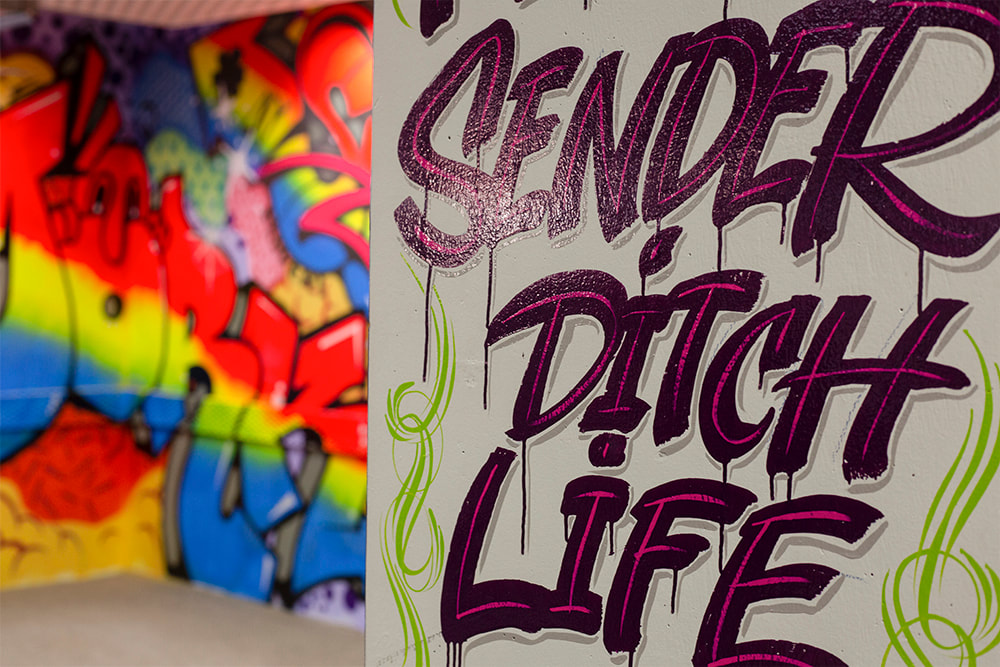
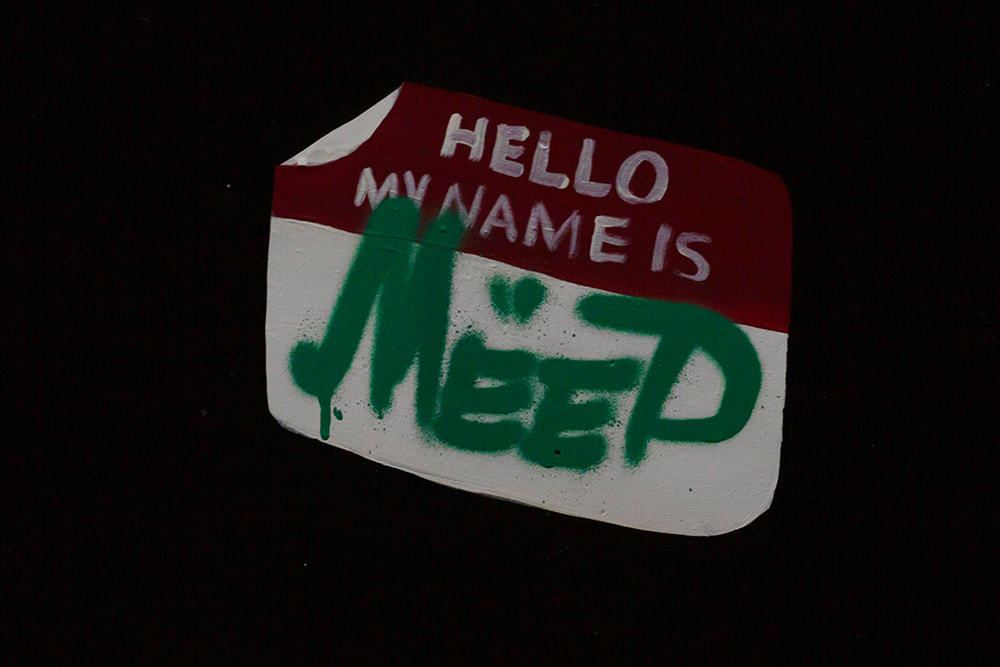


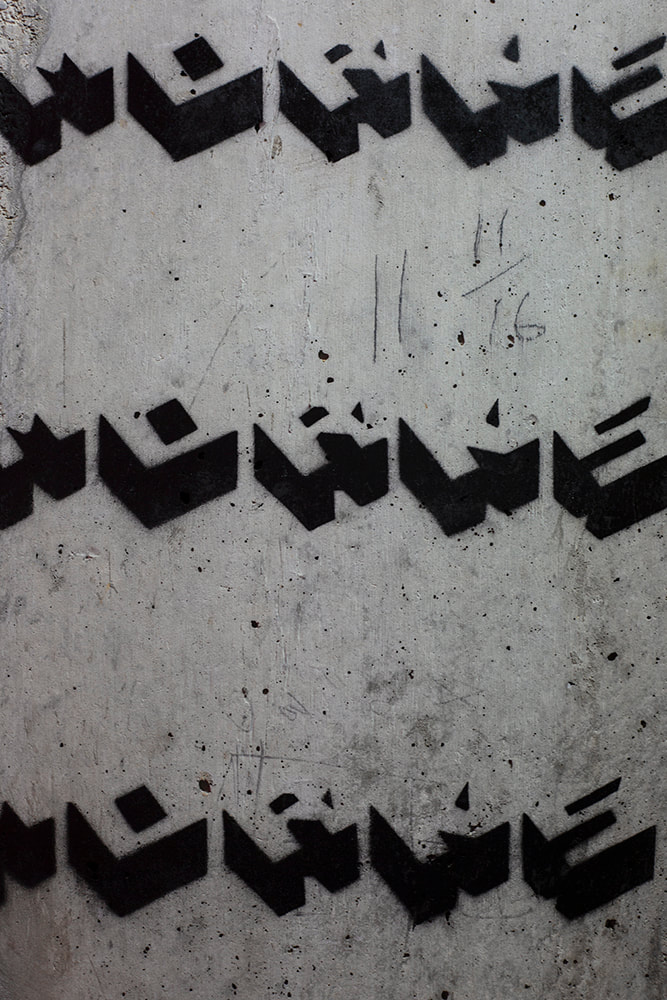

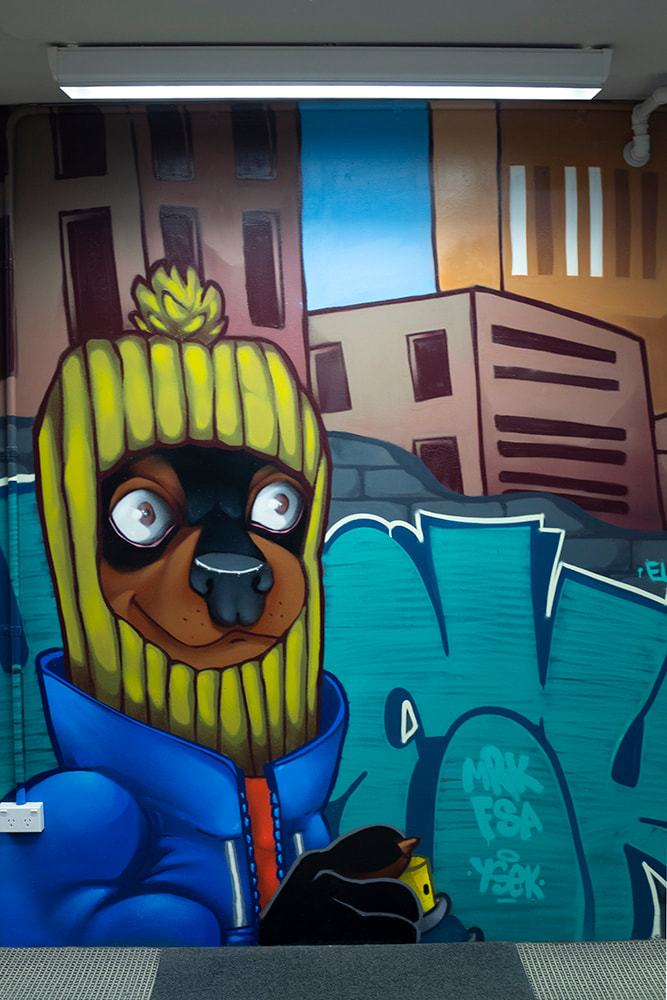

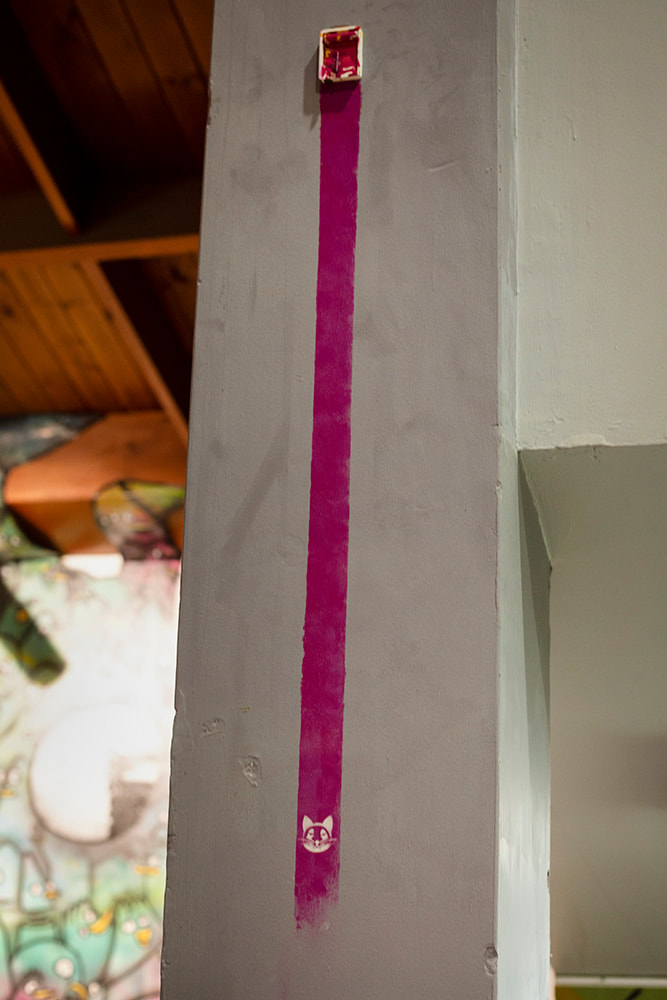
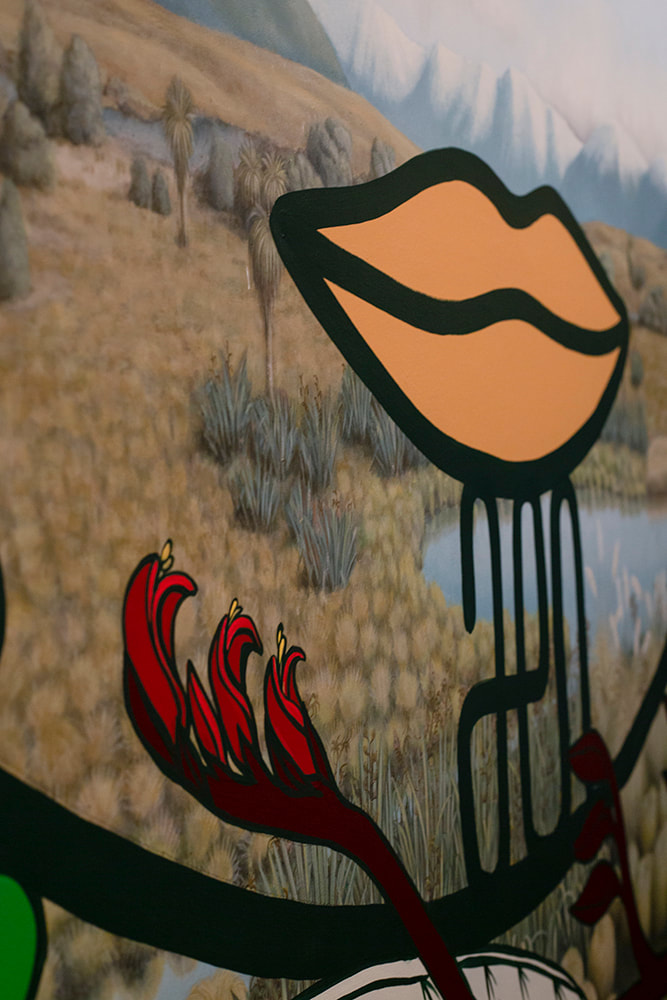







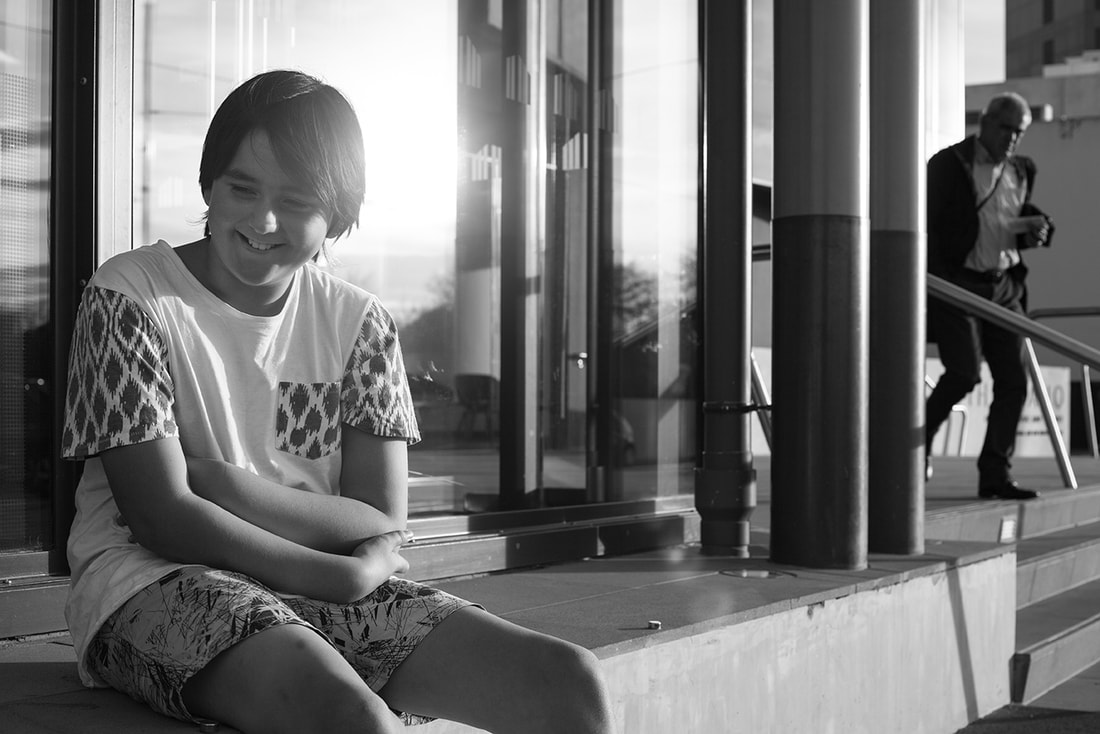
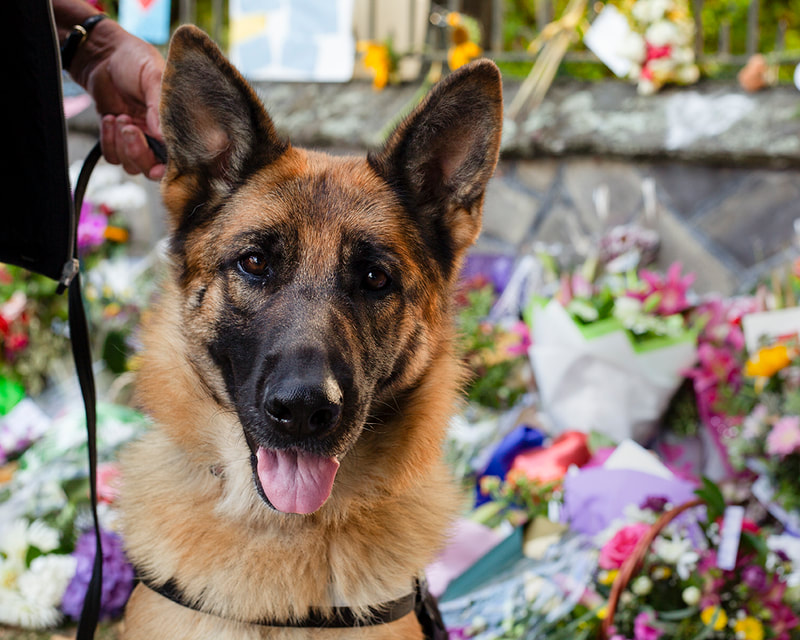












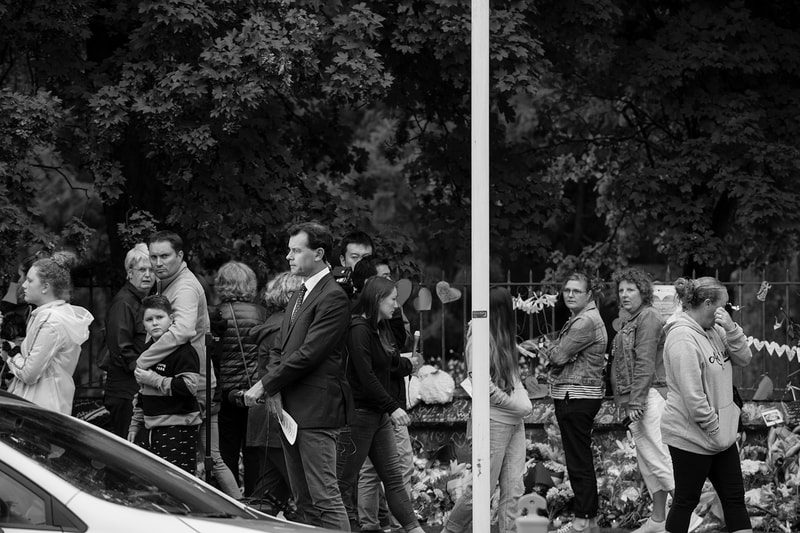
 RSS Feed
RSS Feed